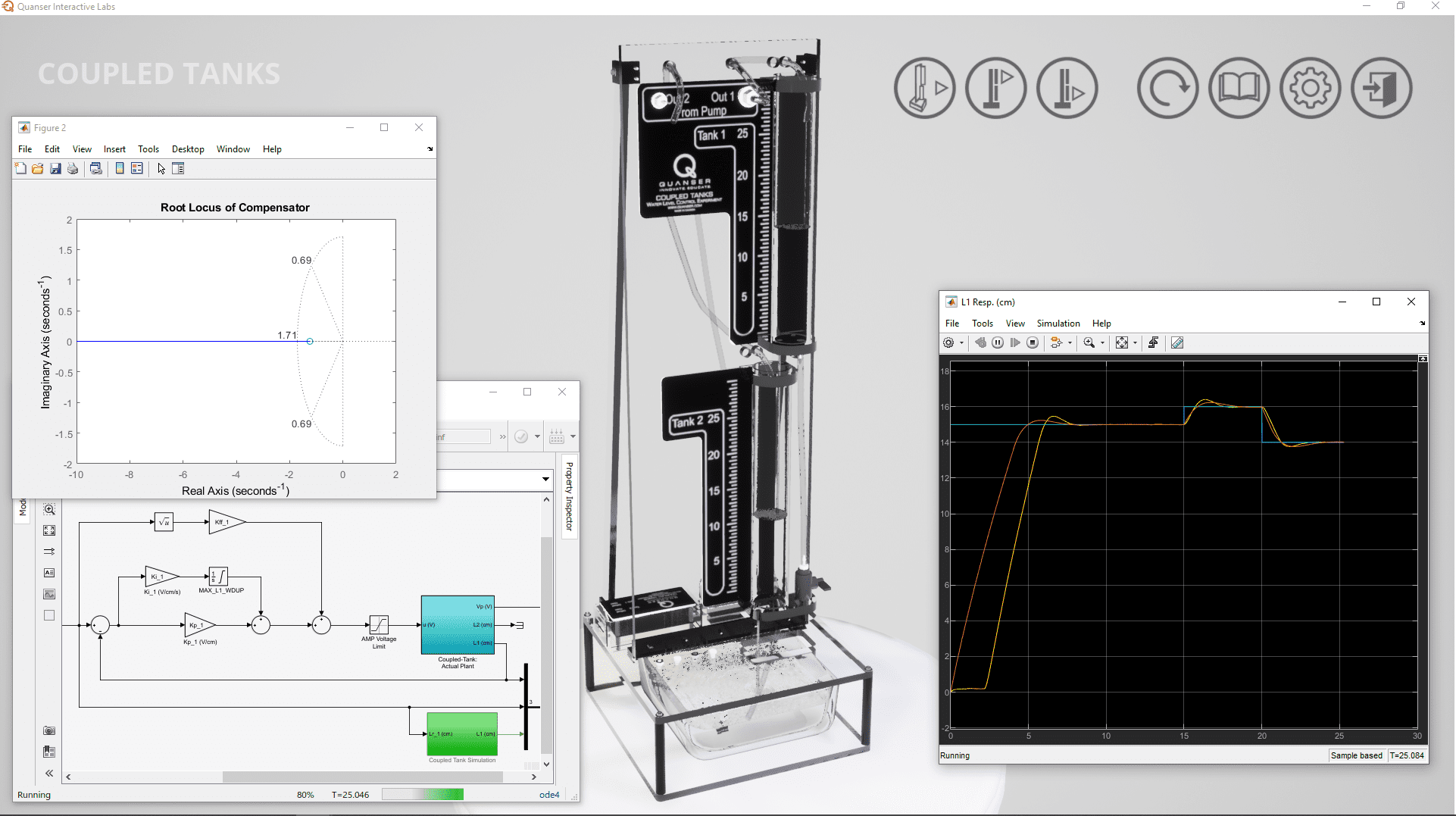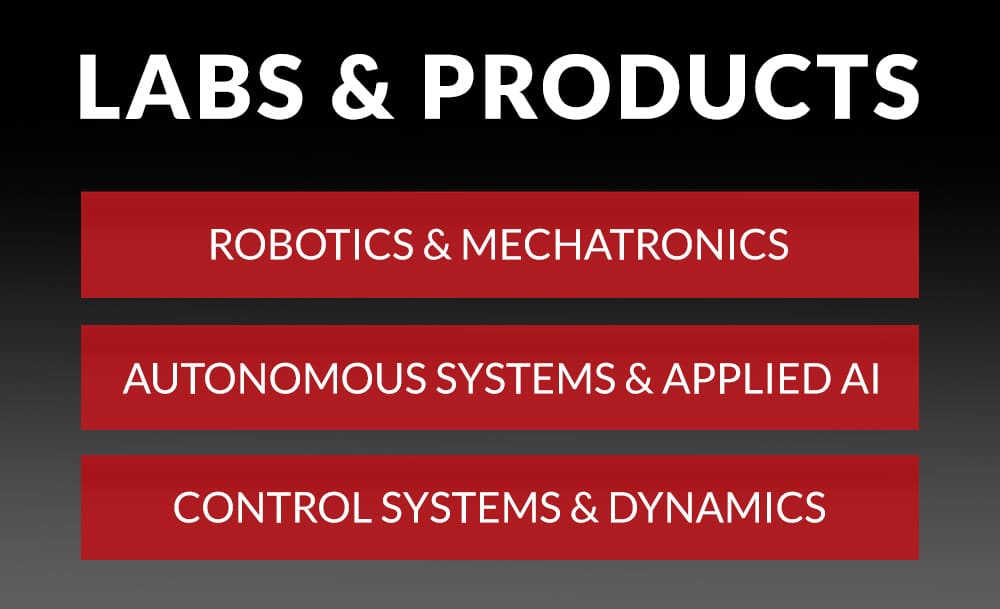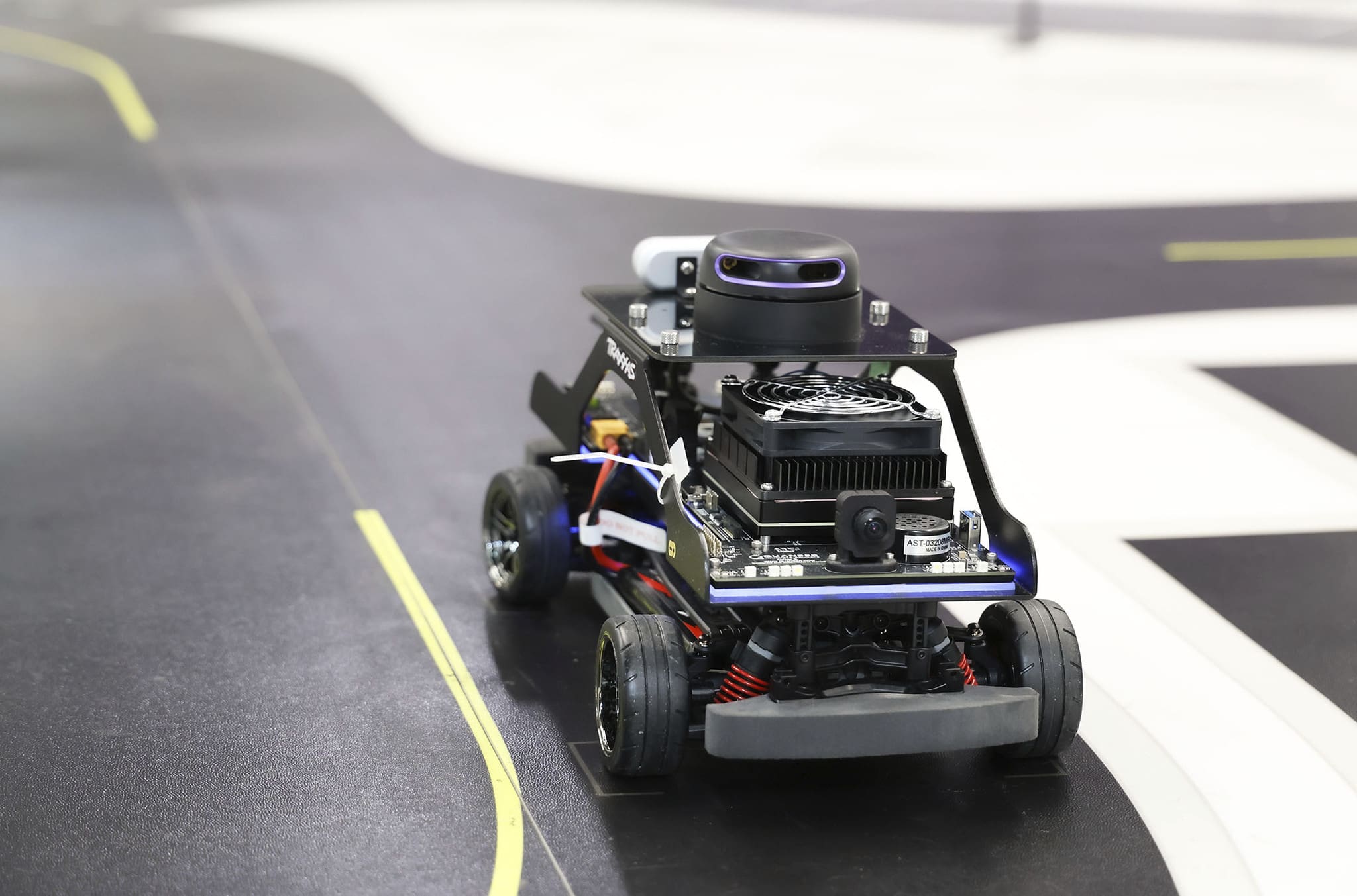
All of us here at Quanser know that teaching controls is hard. It’s even harder to give students meaningful, engaging, and exciting controls lab experiences. These days, engineering educators are faced with a whole new challenge: teaching in the era of COVID-19. Our motivation for developing the QLabs Virtual Experiments was to ease that challenge, bringing quality hardware-centric learning experiences out of the lab to virtual space.
But the transformative potential of QLabs Virtual Experiments isn’t limited to the traditional research or academic assessment tasks of a traditional lab. Let’s take a look at some ways you can use QLabs to transform the way you teach while staying firmly rooted in the academic rigor your students deserve.
Broader Applications
Staying within the traditional lab paradigm, QLabs Virtual Experiments afford you much more flexibility in your selection of experiments. This, in turn, allows you to expand the breadth of application areas your students experience.
One of the most recent additions to the QLabs Virtual environment is the Coupled Tanks experiment. This is a classic problem in process control and chemical engineering, but, historically, it has been relegated mostly to Masters or Doctoral level engineering education. Now, you can bring an academically rigorous model of real education hardware to your undergraduate students with no risk of damage, and affordable scalability.
If you are not familiar with the system, the Coupled Tanks experiment features a highly reconfigurable flow control system with 2 holding tanks and a single pump. This makes it an underactuated system akin to a Furuta pendulum, but with dynamics that are much easier to grasp for undergraduate students. And whereas a servomotor is generally only a small part of a larger control system, the Coupled Tanks experiment represents a complete industrial control application.
If you want to give your students a taste of industrial and process control engineering, now you can do so with ease.
The Virtual Twin
If you already have Quanser hardware in your lab, it doesn’t have to collect dust while your students learn remotely. We at Quanser are always encouraging our customers to take the hardware out of the lab and into the classroom. If you are lecturing from home, bring a Rotary Servo or Ball and Beam experiment home from campus and integrate it into your lectures. Or give hardware to your teaching assistants to integrate into seminars and tutorials.
Normally, watching someone operate an experiment remotely could be tedious and unengaging. However, with the addition of virtual hardware available to your students, they can now follow along with a high fidelity virtual twin of the actual system used for the demonstration. This concept has industrial applications in cyber-physical systems and IoT and will help to get your students comfortable with real-world applications through engaging simulations.
Students can also take part in distributed experiments, comparing and contrasting the response of the physical hardware with their own observations, making seminars more engaging, and tutorials more effective.
Unlimited Experimentation
Self-directed learning has been an exciting area of growth in many areas of education, but it has proven difficult to bring to undergraduate engineering. This can be attributed to the opacity of the material, as well as difficulty accessing lab equipment due to supervision and safety requirements. However, when every student in your class can take the entire controls lab home with them, it changes everything.
We at Quanser are immensely proud of the foundation of curriculum and lab exercises we provide with our hardware. But it is easy to forget that sometimes the most exciting thing to do is just play with a piece of equipment with no particular goal in mind. The level of academic rigor that has been brought to the QLabs Virtual environment is unprecedented in a home learning environment. It was simply not possible for students to direct their own learning in this way before.
Simply, with QLabs, students have an opportunity previously only available to post-graduate students, researchers, and Quanser engineers: just try something out on our hardware and see what happens. With no risk of hardware damage and the power of QUARC and Simulink, your students can retrace the steps of controls innovators of the past by building complex controls systems from the ground up.
Rethinking the Lab
When every student has access to an ever-growing collection of virtual hardware, you are no longer limited by space and time constraints of a traditional lab environment. When students can interact and share results in real-time, they can collaborate in ways that were never possible before now. And when every student can have as much hands-on time with a system as they could possibly wish, who knows what they could achieve.
We hope you can take some of these ideas and make them your own. This is a time of unprecedented innovation in education around the world, and the cutting-edge pedagogy being practiced today could very well become the new “traditional lab experience” of the future.



